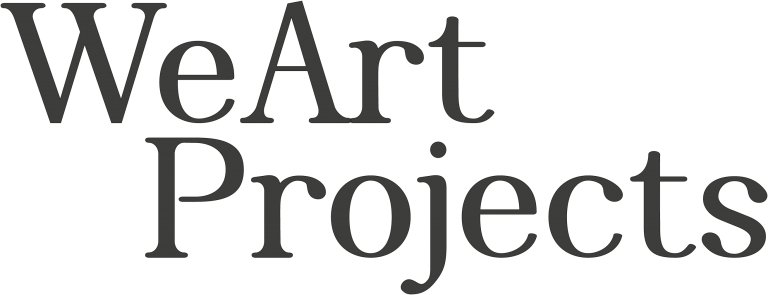Tony Lewis
Tony Lewis was born in 1986 in Los Angeles, California, and currently lives and works in Chicago, Illinois.
In an ever-expanding engagement with drawing, Tony Lewis harnesses the medium of graphite powder to confront such social and political topics as race, power, communication, and labor. The material provides a literal and conceptual foundation for the artist's work, as it is stretched, smudged, rubbed, spliced, and folded across a variety of handmade and found surfaces. Graphite powder is an inherently unruly medium, a substance that threatens to wander. Lewis nurtures this dispersal, allowing for the powder to build into a ubiquitous state that settles upon and indiscriminately marks paper surfaces.
Early in his practice, Lewis developed a series of site-specific floor drawings that sought to further illuminate this relationship of his work with his chosen medium and the primary function of his graphite-covered floors. Lewis's move from the floor to the wall was prompted by the discovery of the pocket-sized bestseller Life's Little Instruction Booka collection of maxims written in 1991 by H. Jackson Brown, Jr. Lewis began reproducing pages from the book as small drawings, soon expanding the series into large-scale works that would span entire walls. Rendered in black screws threaded with graphite-soaked rubber bands, these labor-intensive wall drawings expose the covert authoritarianism and aggression of American culture and society. In his latest series Lewis collages together altered cells from the beloved comic Calvin and Hobbes. In a process of erasing, editing, and reassembling words from their source, Lewis continues to push the boundaries of drawing, and expand upon the use of another medium central to his practice, the “material” of language.

Tony Lewis was born in 1986 in Los Angeles, California, and currently lives and works in Chicago, Illinois.
In an ever-expanding engagement with drawing, Tony Lewis harnesses the medium of graphite powder to confront such social and political topics as race, power, communication, and labor. The material provides a literal and conceptual foundation for the artist's work, as it is stretched, smudged, rubbed, spliced, and folded across a variety of handmade and found surfaces. Graphite powder is an inherently unruly medium, a substance that threatens to wander. Lewis nurtures this dispersal, allowing for the powder to build into a ubiquitous state that settles upon and indiscriminately marks paper surfaces.
Early in his practice, Lewis developed a series of site-specific floor drawings that sought to further illuminate this relationship of his work with his chosen medium and the primary function of his graphite-covered floors. Lewis's move from the floor to the wall was prompted by the discovery of the pocket-sized bestseller Life's Little Instruction Booka collection of maxims written in 1991 by H. Jackson Brown, Jr. Lewis began reproducing pages from the book as small drawings, soon expanding the series into large-scale works that would span entire walls. Rendered in black screws threaded with graphite-soaked rubber bands, these labor-intensive wall drawings expose the covert authoritarianism and aggression of American culture and society. In his latest series Lewis collages together altered cells from the beloved comic Calvin and Hobbes. In a process of erasing, editing, and reassembling words from their source, Lewis continues to push the boundaries of drawing, and expand upon the use of another medium central to his practice, the “material” of language.
